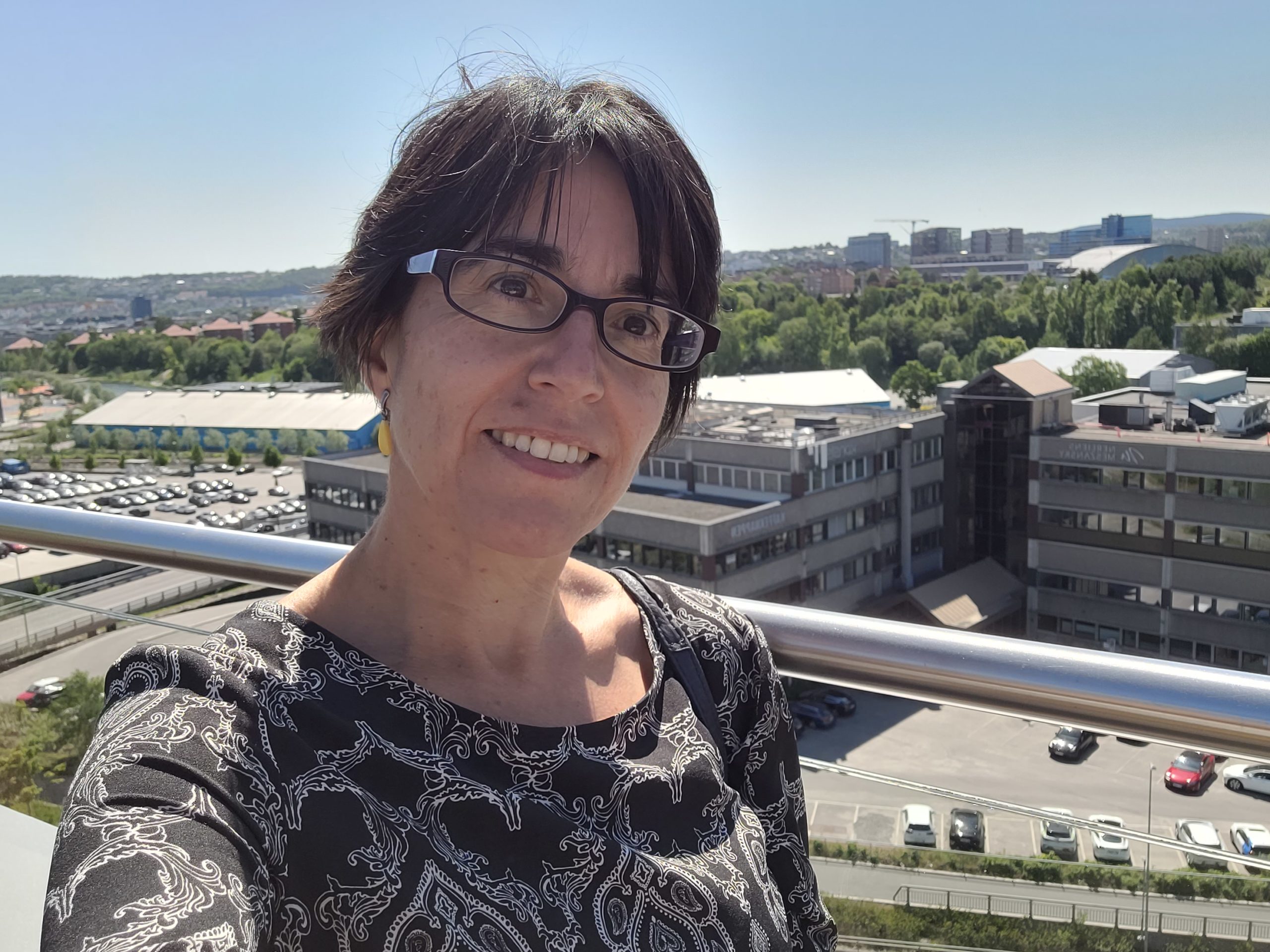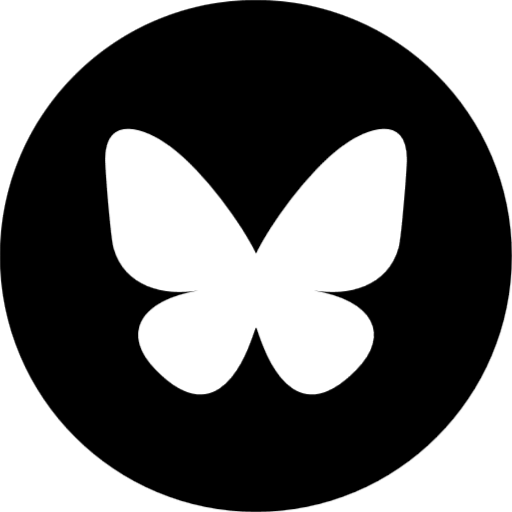Six months into the project, project coordinator Núria Castell from NILU is excited about the progress so far.

Núria Castell
When creating Citizen Observatories for air quality and environment in urban areas, we need to figure out how to make citizens want to join our project. And when they do, how do we engage them in monitoring the air and contributing their knowledge, so that we can build more sustainable and healthier cities? It is about trust, I think, and creating a chain of engagement.
From that, our next step is to transform the citizens’ knowledge into data. How do we make it useful for us scientists? And how do we make it useful also for policy makers, decision makers, authorities and the citizens themselves?
Inception and Version Zero
Since kick-off in January, the project team has been working on understanding all the partners’ roles, and how we all can best contribute with our previous knowledge and experience to the CitiObs project. This part of the project goes by the moniker “Inception” because it is about bringing pre-existing knowledge to the project. Next, we will start building “Version Zero”, which will be our starting point. By “starting point”, I mean when we start working with our frontrunners. These are 5 cities that already have experience with Citizen Observatories and Citizen Science from former projects. Based on the information we have gathered during the inception, we aim to bring some structure into what is meant to be a mutual learning process, exploring different knowledge and possible approaches.
When recruiting participants to CitiObs, our goal is to engage more marginalized groups than in earlier Citizen Science-based projects. We would like to bring more immigrants, women and people with lower income to the table, so to speak, and gain insight into their use and wants for their cities. To do so, we have done some literature research, but also looked into how other projects and cities have managed to engage a wider group of people. Based on that, we have created a toolkit called “leave no one behind”. From Version Zero, we will use this while working with the frontrunners. But it is a process under development, so we need to constantly validate and refine how we can best connect with a variety of communities.
Right now, we are in the preparation part of the project. At our plenary meeting in Barcelona later this month, we will start planning activities for September and October in our frontrunner cities. At this time, we will start a lot of co-creation, creating tool kits, platforms and materials that we need for making our Citizen Observatories more successful.
Art, crafts, and science
Another exciting aspect we will do to create more public engagement is artistic interventions, the New European Bauhaus.
Using art and crafts as an approach, we hope to engage people that may not be that much into science and technology and make them interested in contributing in a way that is appealing to them. I have worked with artists before, conceptualizing the science of air quality in a more accessible or approachable way, and find it both interesting and effective. Because sometimes, when you say science, people think “equations” and exams, and complicated things. The wonders of the world are lost in this, the beauty of our surroundings.
Thus, we hope to use art to bring the sense of wonder back into science and show that equations are just a way of understanding them.
A mutual learning process
Many have asked me why we want to engage “regular people” in science projects. I think it is important to realize that we all have useful knowledge we can share. CitiObs is meant to be a mutual learning process, where we as scientists learn from those who live in and use the urban spaces – and the other way around. The citizens can learn from our methods, about how to collect data, and about how they can use our tools to their advantage. And we will learn how they use their city, how often and why they use their cars, how we can make transportation more attractive – there are many insights out there!
Us all, at the end of the day, have knowledge that can be useful for making a city more sustainable, more enjoyable, and maybe improve it a bit, together.
Next steps forward
I’m also very excited about our next steps, when we start working with the frontrunner cities. I look forward to learning about their former experience with Citizen Science and Citizen Observatories.
Our goal is to use this former knowledge to build new tools that can be used by other cities as well. It’s like a snowball effect where we put it all together and watch it grow as more and more cities open up to Citizen Science. In the process, we also see that Citizen Science gains more acceptance among other scientists and decision makers. We all start to see that there’s a lot of potential in asking the citizens about the society they live in.
We have a really good and diverse team, with social scientists, humanists and natural scientists. Maybe our biggest challenge is to find a way to work well together, and bring out the best in each other. It can be challenging, but also very rewarding. And I, as a natural scientist, am learning so much!
When you leave your prejudice aside, there are so many things you can learn. Whether we are scientists, citizens or policy makers – we all care about this area we live in. What makes us different is our base knowledge and how we use it. But if we try to understand each other and acknowledge each other, we can move forward.


